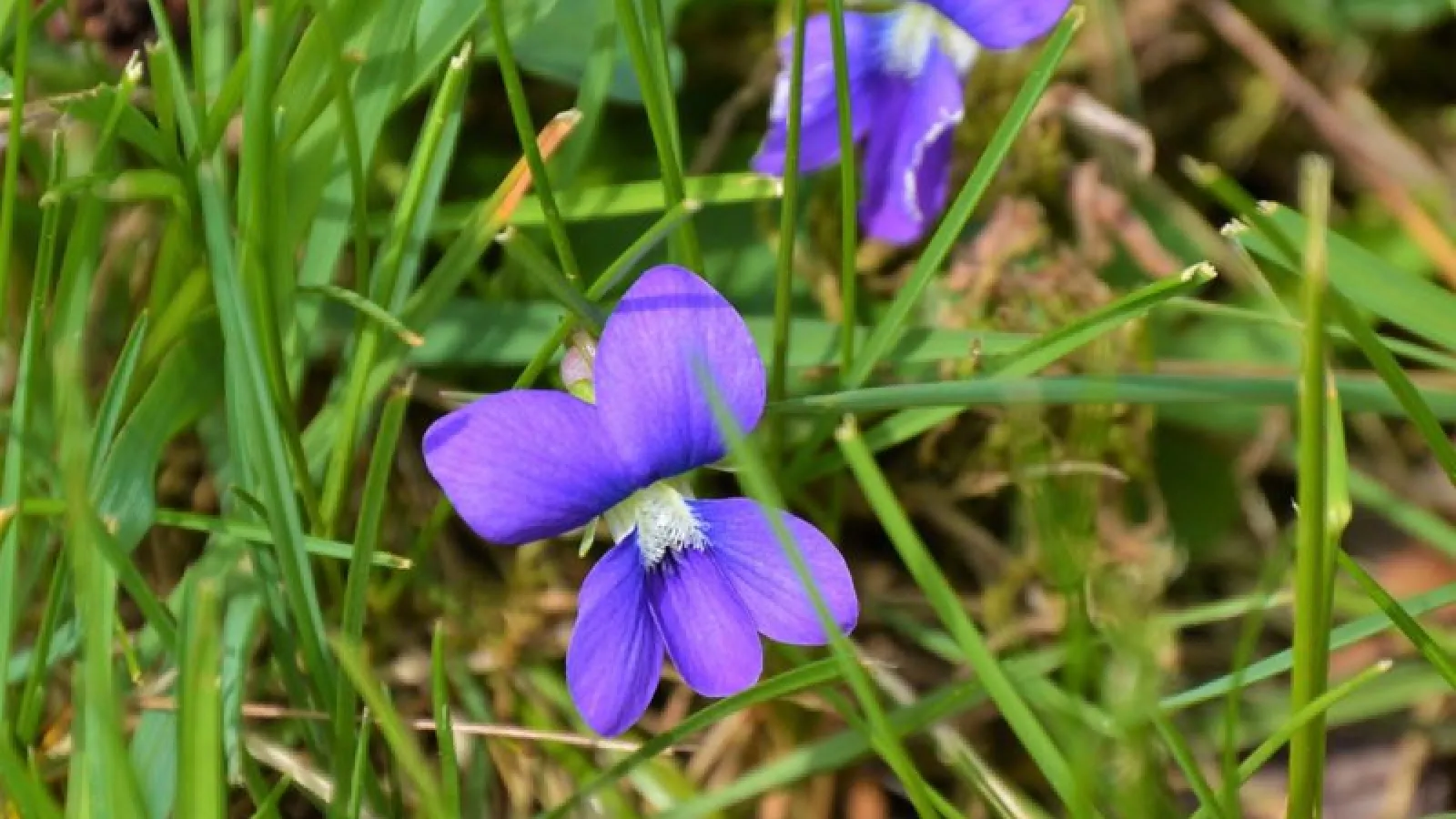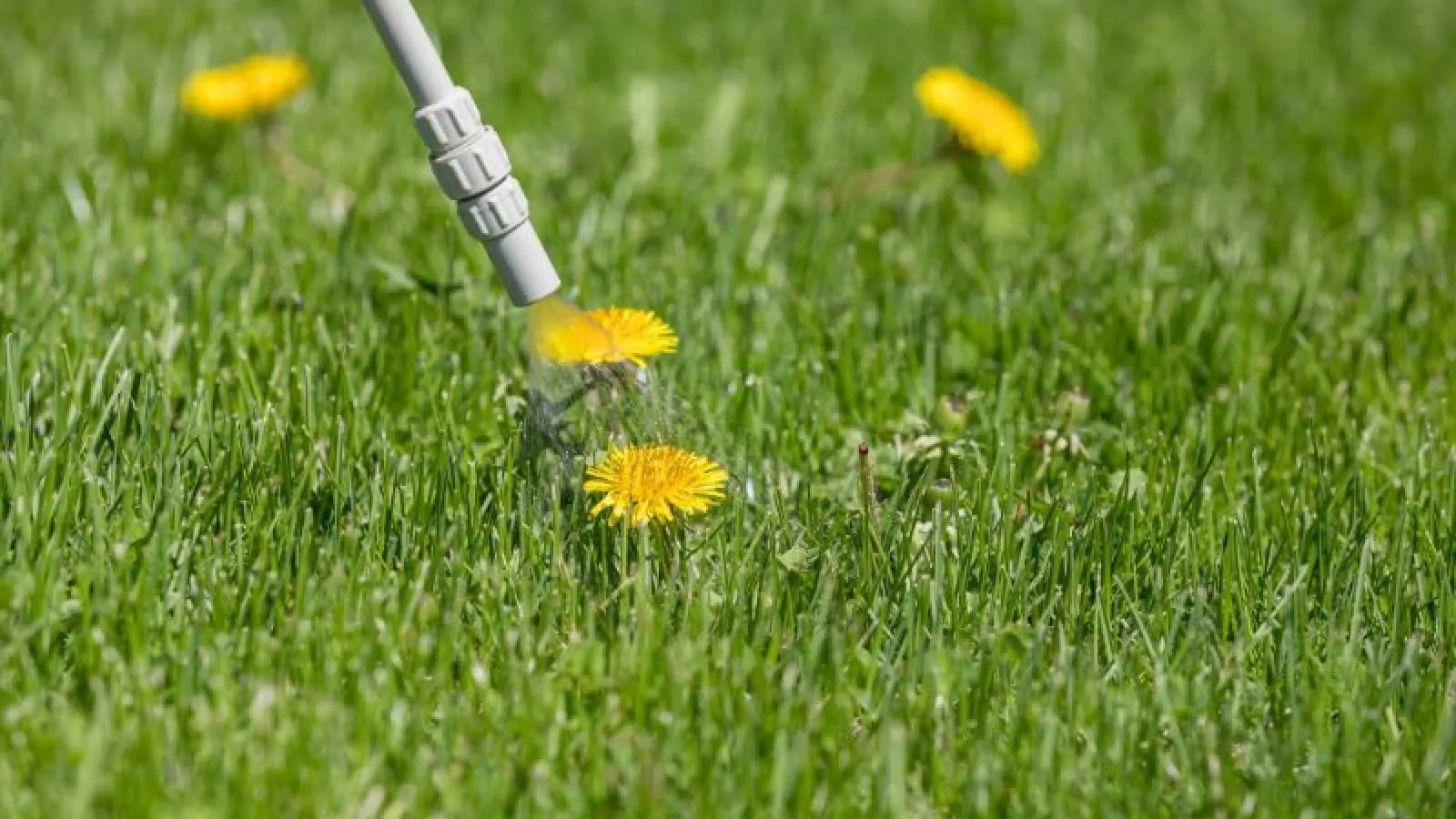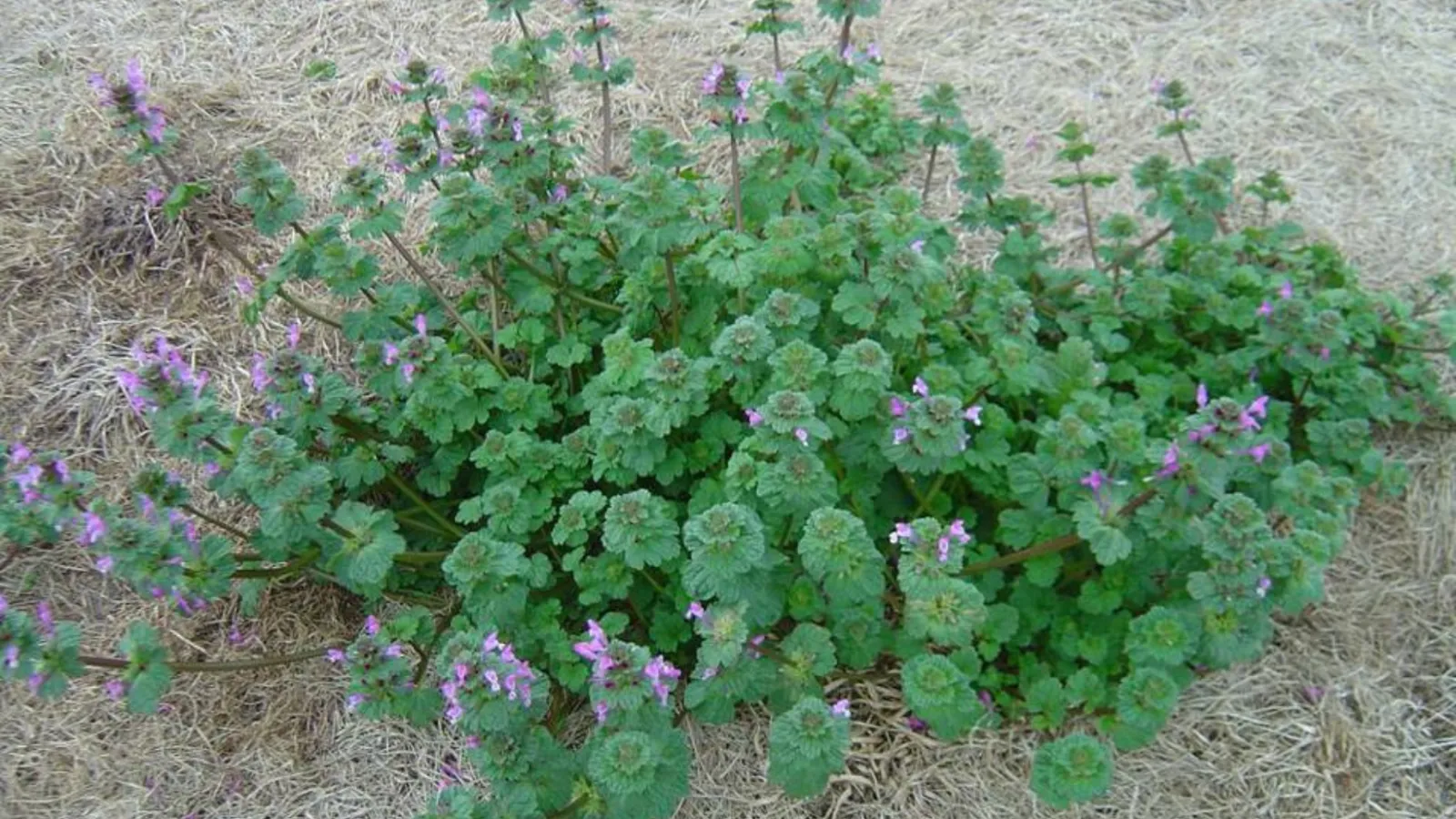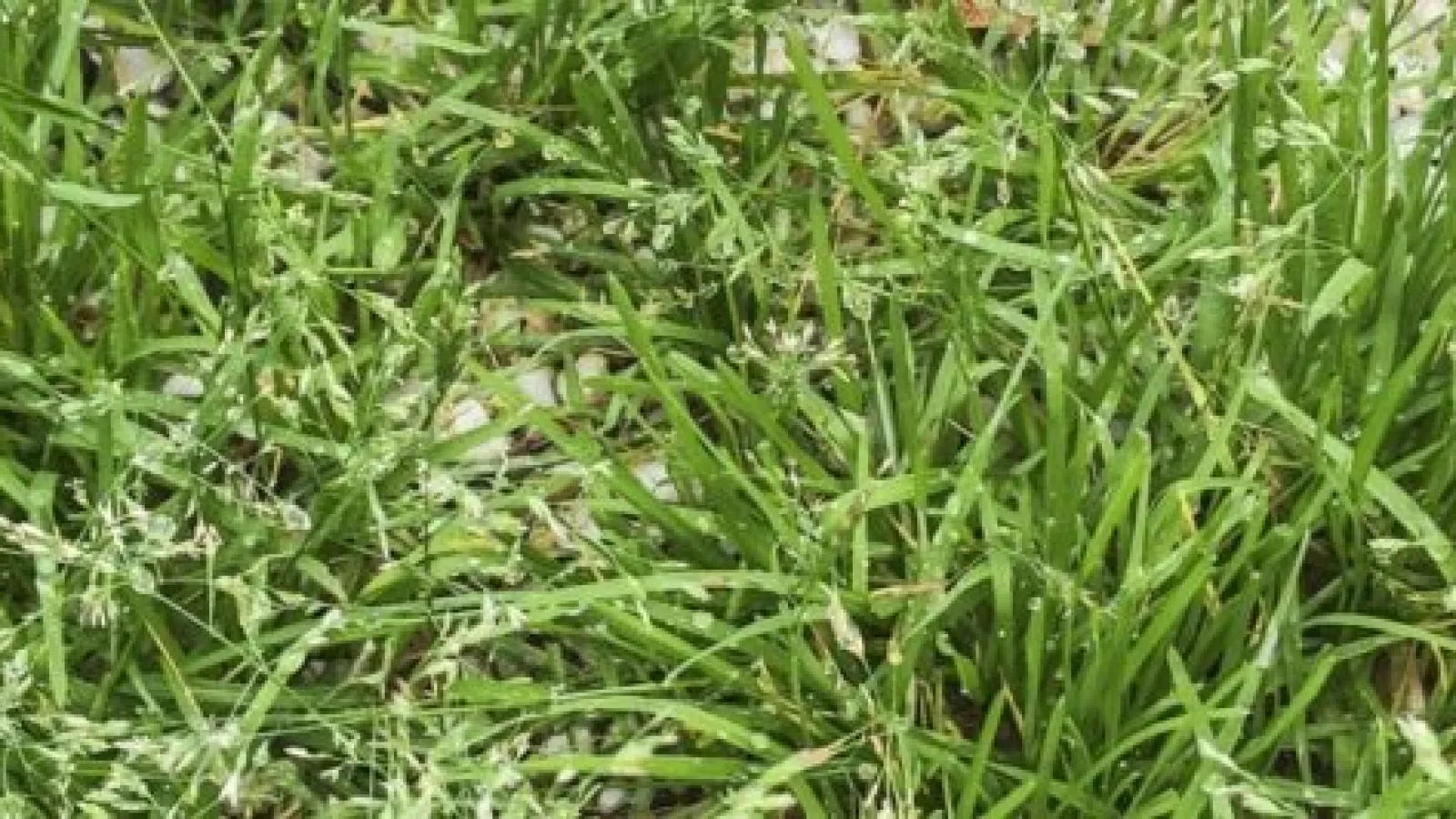
Wild Violets
Love is in the eye of the beholder. And this even goes for wild violets. While some look at wild violets as beautiful flowers, others see them as pesky weeds.
The common wild violet is a native wildflower that tends to favor woods, thickets, and stream banks. However, they know no boundaries and if a barrier of some sort isn't added, they will become very invasive. These wild growing plants are among some of the toughest, most difficult lawn weeds to control.
Growing Conditions
Wild violets can grow anywhere from Florida to Canada and can tolerate many different environments. However, they grow best in shady spots and areas that stay moist for extended periods. They tend to thrive in areas that aren't conducive to growing grass; therefore, the wildflowers are able to take over the area since they don't have turf to compete with.
Blooms
Wild violets (Viola odorata) have heart-shaped leaves with purple-blue flowers. Some varieties also have white or yellow blooms. Blooming occurs in early spring and late winter, but these pretty flowers will start wilting away as the temperatures heat up in the summer.These perennials often self-seed and return the next year in unexpected locations.
Uses for Wild Violets
Did you know violets are edible? So, the next time you see these brightly colored flowers, grab a handful. They're delicious in a salad. Both the leaves and flowers are edible and rich in vitamins. Wild violets also have medicinal properties and can be used topically for skin conditions like eczema, dry skin, bug bites, and varicose veins.
Control
Although edible and attractive, the purple flowers serve another purpose. They provide protection for the delicate leaves and plants below that are self-fertilizing. Professional chemical lawn treatments for controlling wild violets are best performed in the fall. This is one of the reasons why pre-emergent in the fall is so important. Plants take in herbicides more easily at this time. You can try manually pulling them, but they tend to be well rooted and can often live for years.
If wild violets start creeping into your lawn-and they're unwanted-reach out to The Nice Guys before they're out of control.


